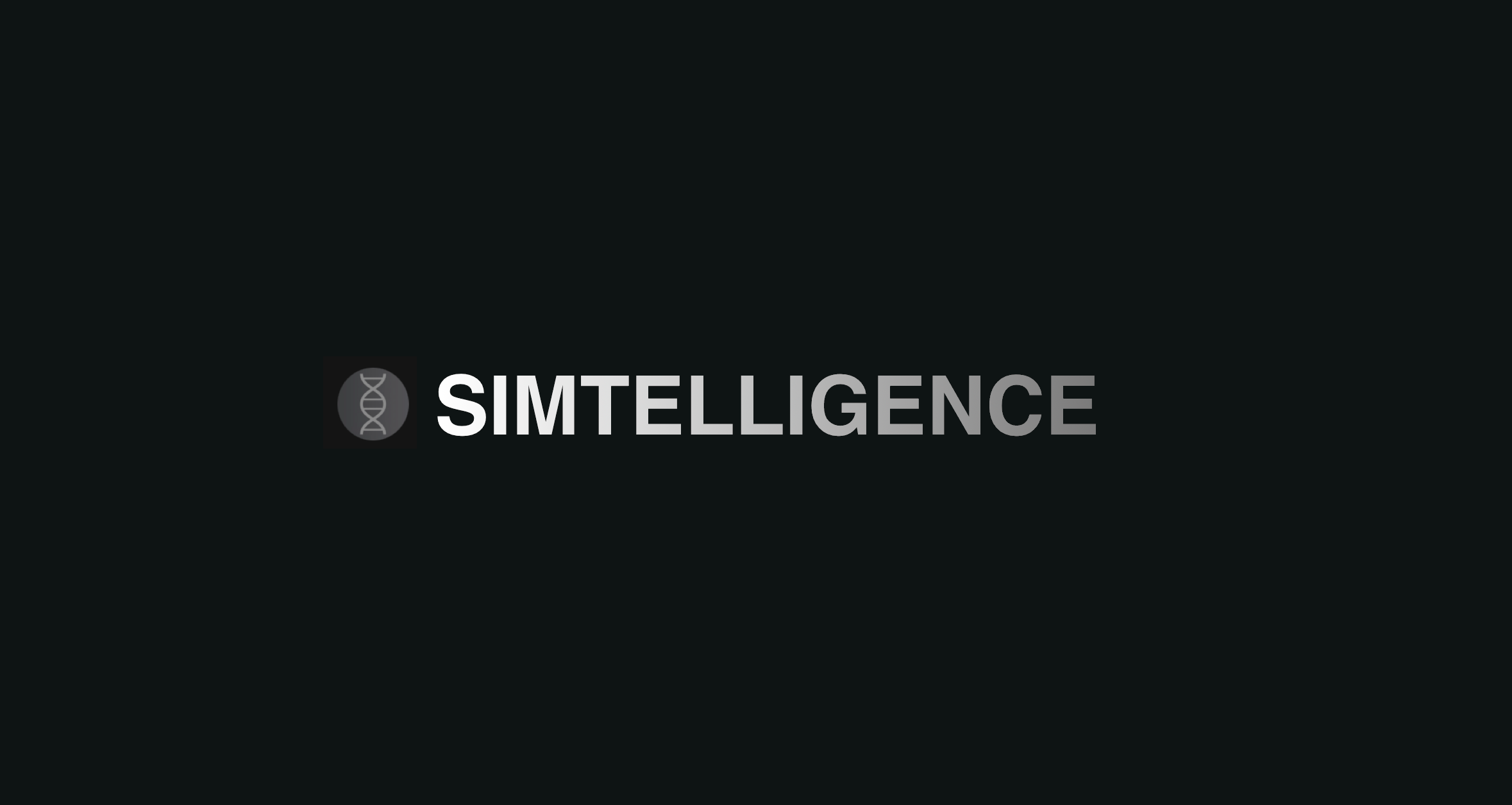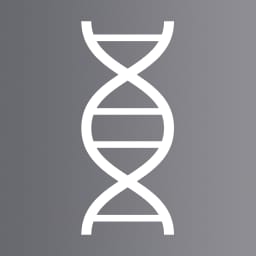About Simtelligence
Simtelligence seeks opportunities to use the time-tested scientific process in combination with generative AI as a framework and structured methodology for problem solving in a wide variety of domains.

The scientific process is far more than a tool for laboratories—it is a centuries-old universal problem-solving framework that can be applied across many domains. At its core, the process emphasizes careful observation, forming testable hypotheses, running experiments, analyzing results, and refining conclusions. By treating challenges in any field as structured experiments, the scientific process reduces guesswork, fosters innovation, and builds a culture of continuous learning and improvement.
In business, this means treating strategies like experiments, testing marketing campaigns, pricing models, or customer engagement methods before scaling.
In software development, the scientific mindset aligns closely with agile practices: teams hypothesize about features, test them through prototypes, measure user feedback, and iterate quickly.
Even in personal productivity, individuals can observe their habits, test new routines or tools, analyze results, and adjust based on what works best.
Generative AI enhances the opportunities unlocked by the scientific process by providing creativity, speed, and scale at each stage. In business, it can rapidly generate variations of marketing copy, product designs, or customer engagement strategies, allowing teams to test multiple hypotheses in parallel and quickly learn which resonates most. By combining the rigor of the scientific process with the creativity and automation of generative AI, organizations and individuals can iterate more quickly, discover effective solutions faster, and continuously refine their approach with less friction.
In education, generative AI can create adaptive lesson plans, personalized practice exercises, or even simulated real-world scenarios for students, enabling experiments in teaching that are tailored to diverse learning styles.
In software development, it accelerates prototyping by generating code snippets, user interface mockups, or documentation, making it easier to test ideas and gather user feedback earlier.
For personal productivity, generative AI can draft daily plans, brainstorm approaches to tasks, or summarize progress, giving individuals a head start on experimentation and reflection.
We’ve incorporated this scientific process with generative AI into a concept we call Creds. By blending generative AI with structured experimentation, Creds enables users to track progress, test new strategies, and learn from outcomes across different areas of life and work. To make the methodology practical we are creating a series of specialty apps—each with their own contextual enhancements designed to apply these principles in a focused manner, whether for science, business innovation, software development, or personal productivity—so people can leverage the power of AI-driven experimentation in ways that are both accessible and impactful.
Contact Me »









